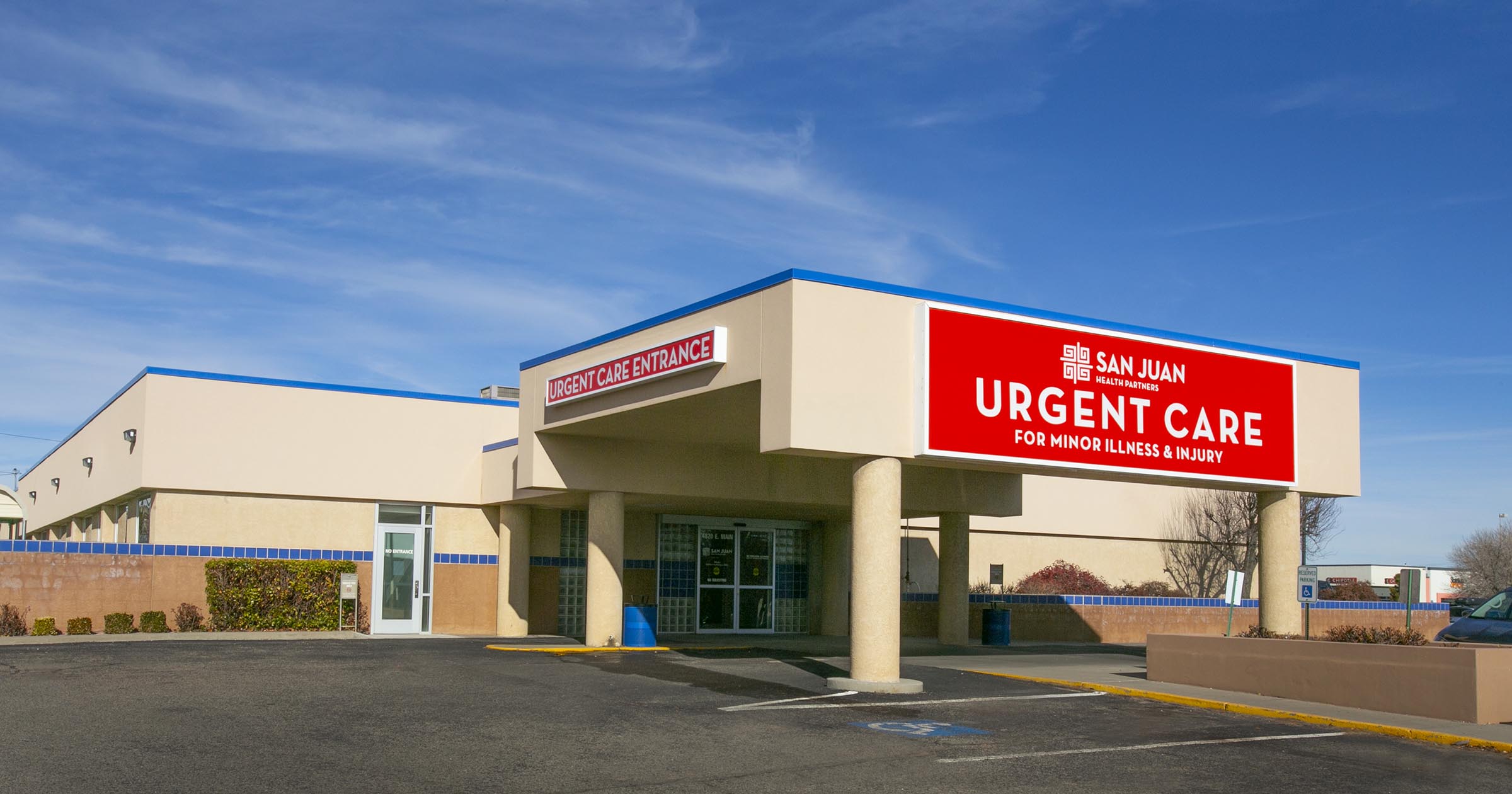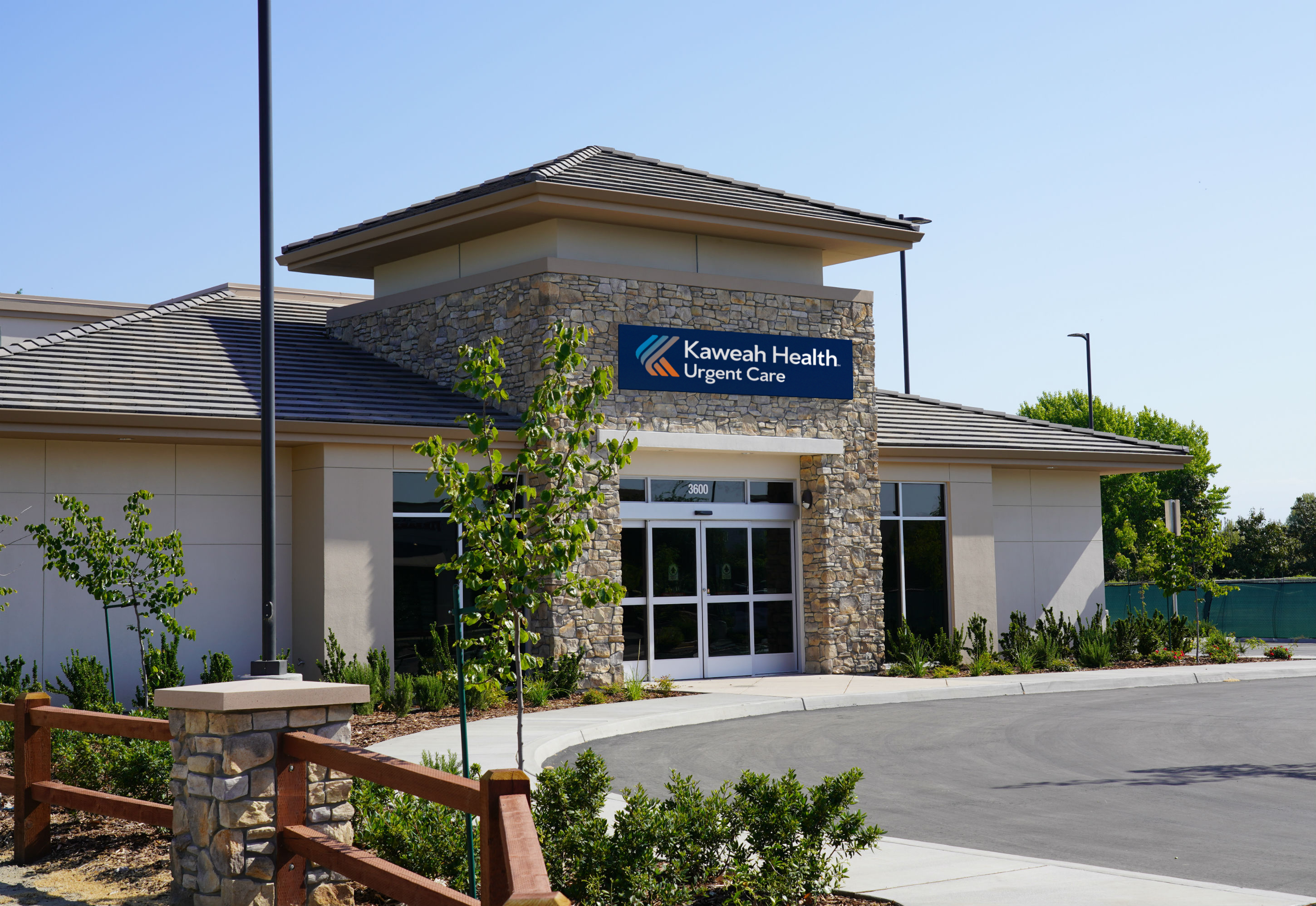Understanding the Role of Urgent Care in Offering Timely Therapy for Non-Life-Threatening Conditions
Urgent treatment facilities have arised as an important element of the healthcare landscape, resolving the immediate demands of patients with non-life-threatening problems. Comprehending the subtleties of urgent treatment can substantially influence individual outcomes and the general performance of healthcare shipment.
What Is Urgent Treatment?
Immediate care refers to a group of medical services created to resolve non-life-threatening problems that require instant focus. These facilities act as an intermediary between health care medical professionals and emergency clinic, supplying a convenient choice for patients who need timely treatment without the considerable waiting times typically connected with emergency situation divisions.
Immediate treatment facilities are normally staffed by clinical professionals, including medical professionals, nurse practitioners, and medical professional assistants, that are educated to detect and treat a large selection of problems. Usual solutions given by these facilities include treatment for minor injuries, health problems, and infections, along with analysis examinations such as X-rays and research laboratory job.
The accessibility of immediate treatment is an essential consider its allure, as lots of facilities operate past routine office hours, including nights and weekend breaks. When their key care service provider may not be obtainable, this prolonged availability permits individuals to receive timely treatment. Additionally, immediate care facilities often approve walk-in clients, removing the requirement for appointments. On the whole, urgent care plays a crucial function in the health care system, guaranteeing clients can access vital medical solutions promptly and successfully.

When to seek treatment at an urgent treatment center rather of a primary treatment medical professional or an emergency area,Lots of people might find themselves unsure regarding. Immediate care is made to deal with non-life-threatening problems that need prompt focus but are not extreme enough to call for an emergency space go to.
Usually, one ought to take into consideration urgent take care of problems such as minor fractures, sprains, cuts requiring stitches, or infections like urinary system tract infections. Additionally, cool or influenza signs, breakouts, and allergic responses can additionally be appropriately handled in this setting.
It is essential to keep in mind that urgent treatment is not ideal for dangerous emergency situations, such as breast discomfort, trouble breathing, or extreme bleeding, which require instant emergency clinic treatment.
People that do not have access to a health care medical professional or can not safeguard a timely appointment may likewise profit from immediate treatment solutions. Ultimately, comprehending when to use immediate treatment can result in much more effective healthcare shipment, allowing individuals to receive the appropriate level of care based on their specific health needs.
Benefits of Urgent Care Centers
Choosing immediate treatment facilities for non-life-threatening problems uses numerous benefits that boost individual experience and access. One key advantage is the decreased delay times compared to standard emergency clinic. Urgent care centers normally run on a first-come, first-served basis, permitting individuals to get timely clinical focus without the lengthy hold-ups commonly connected with health center settings.
In addition, immediate care centers give prolonged hours, including weekend breaks and evenings, accommodating people with varying schedules. This flexibility makes certain that individuals can seek treatment when it is most practical for them, even more promoting timely intervention.

Moreover, these facilities commonly use a detailed variety of services, consisting of diagnostic tests and minor procedures, all under one roof. This debt consolidation of solutions not only streamlines the person experience however also cultivates a much more natural method to managing non-life-threatening wellness problems, inevitably profiting overall individual results.
Usual Conditions Dealt With
At urgent care facilities, a variety of non-life-threatening problems can be efficiently dealt with, giving patients with prompt and obtainable medical aid. These facilities are especially experienced at attending to issues that need punctual attention but do not present a prompt risk to life or arm or leg.
Typical problems dealt with at urgent care centers consist of small injuries such as strains, cracks, and strains. Immediate treatment facilities are furnished to carry out required diagnostic tests, such as X-rays and lab tests, enabling them to provide thorough treatment.
In addition, immediate care suppliers can carry out vaccinations, helping to stop the spread of transmittable illness - Urgent Care. They also supply solutions for small procedures, such as suturing injuries or draining abscesses. By offering these varied services, immediate treatment centers play an essential function in bridging the void in between health care and emergency services, making certain individuals receive prompt treatment for a wide variety of conditions without the need for long haul times commonly connected with emergency spaces
How Urgent Treatment Supports Medical Care System
Urgent treatment centers play a vital role in sustaining the overall healthcare system by relieving the concern on emergency situation departments and supplying prompt access to healthcare for non-life-threatening problems. By handling situations such as small injuries, infections, and illnesses, immediate treatment facilities allow emergency situation departments to concentrate on even more crucial individuals requiring immediate interest.
Moreover, immediate treatment facilities enhance health care access, offering prolonged hours and a much more convenient choice to typical primary care settings. This accessibility helpful resources is specifically beneficial for clients that might not have a normal physician or that require immediate treatment outside of common office hours. As an outcome, immediate care centers efficiently minimize boost and wait times person complete satisfaction.
Furthermore, urgent care facilities add to cost savings for both patients and the healthcare system by providing lower-cost services compared to emergency departments. try this web-site This financial efficiency is vital in an era of climbing medical care prices, allowing patients to obtain essential treatment without incurring outrageous costs.
Final Thought
To conclude, urgent care facilities play an essential duty in the health care system by delivering prompt therapy for non-life-threatening problems. By connecting the gap between primary treatment and emergency situation spaces, these centers guarantee that clients get timely clinical interest without the lengthy delay times typically related to emergency departments. The access and performance of urgent treatment centers add dramatically to relieving the general concern on medical care resources, enhancing individual outcomes, and advertising a much more efficient medical care shipment system.
Immediate care facilities have arised as an important part of the health care landscape, addressing the instant needs of individuals with non-life-threatening problems. Urgent treatment brows through normally incur lower out-of-pocket costs contrasted to emergency situation division visits, making treatment more cost effective for individuals without endangering high quality. Immediate care facilities are geared up to do necessary diagnostic examinations, such as X-rays and research laboratory tests, allowing them to offer thorough care.
By providing these varied solutions, immediate care centers play an important function in linking the gap between main treatment and emergency situation check my blog solutions, making sure patients get timely therapy for a vast array of conditions without the need for long delay times usually connected with emergency situation areas.
In addition, urgent care centers enhance health care access, offering extended hours and a more convenient alternative to conventional main treatment setups.